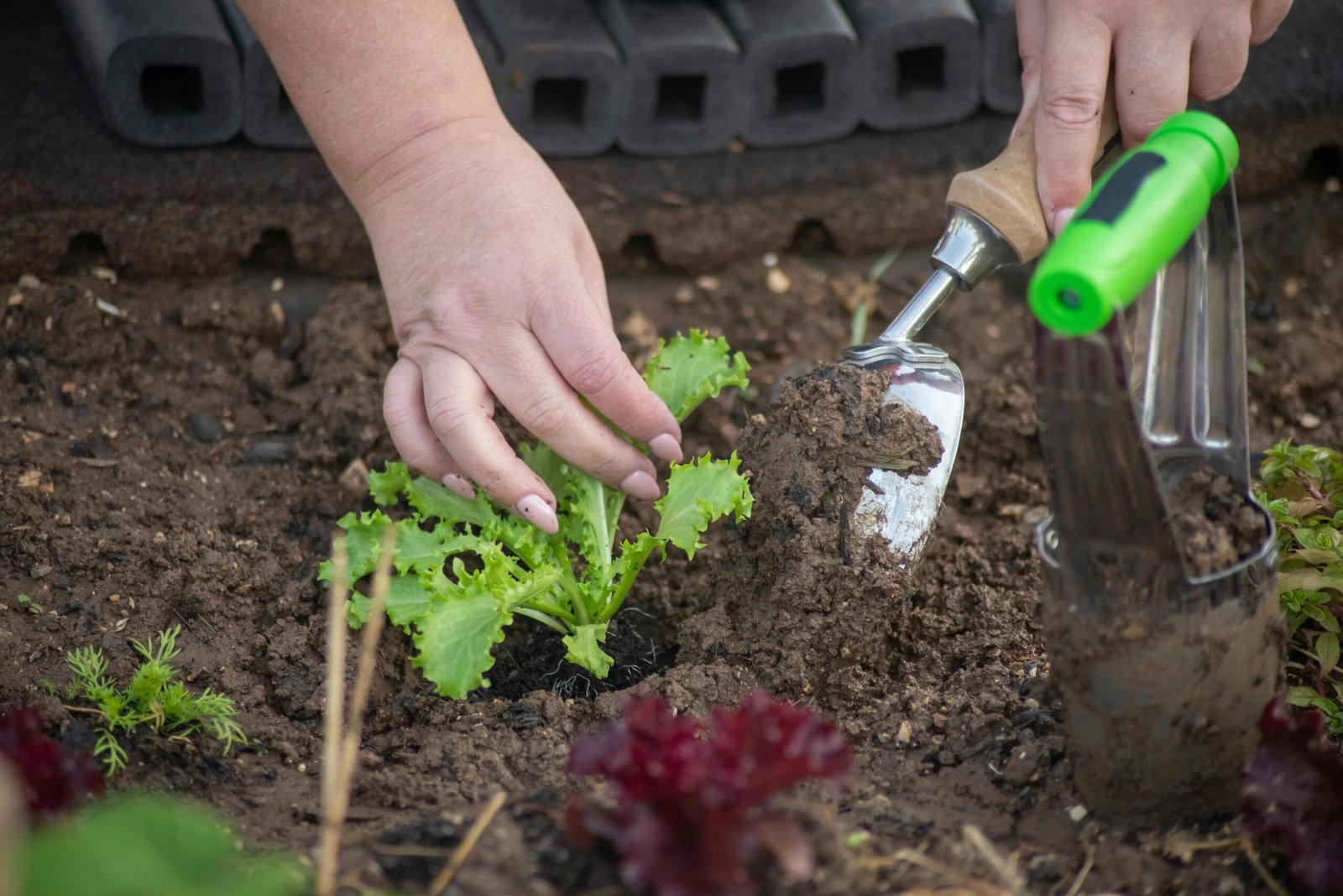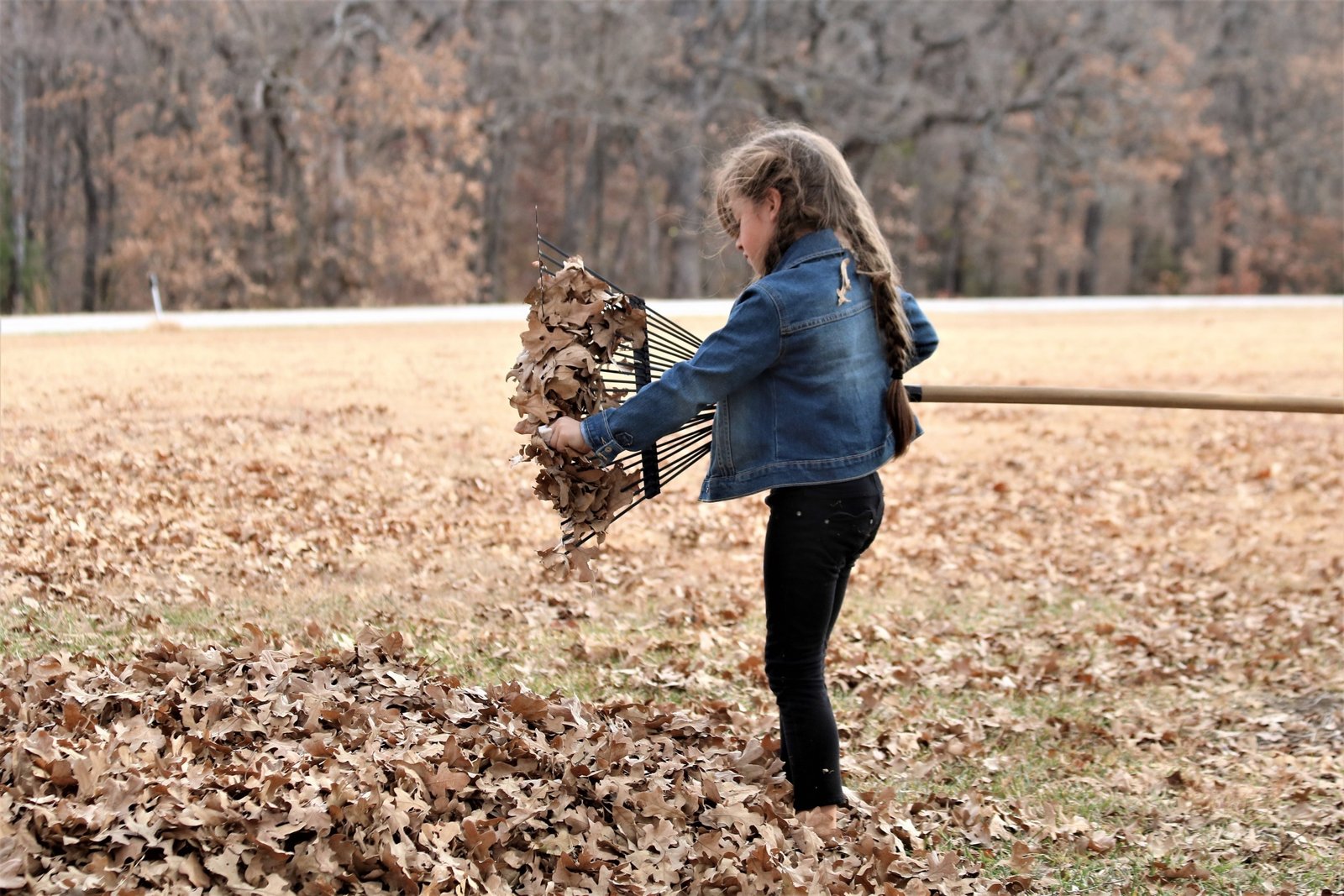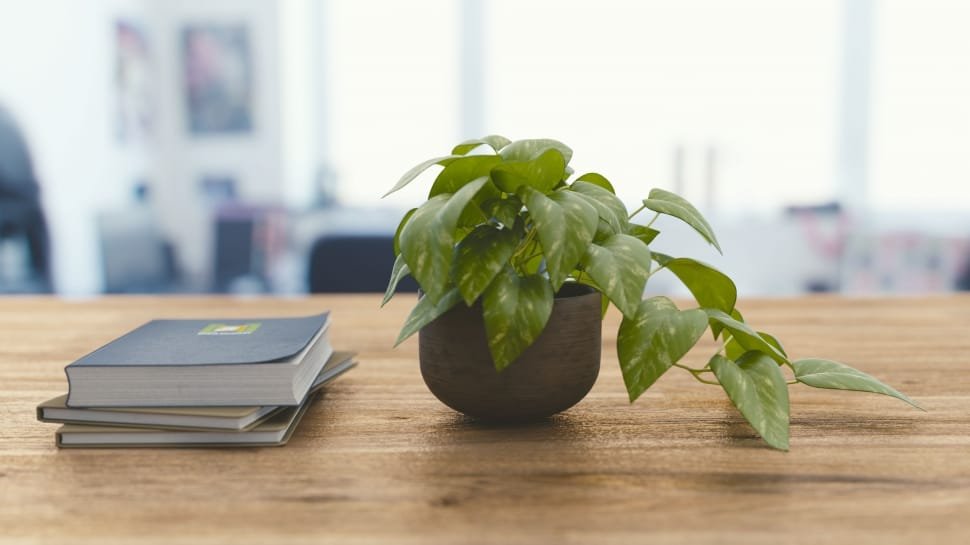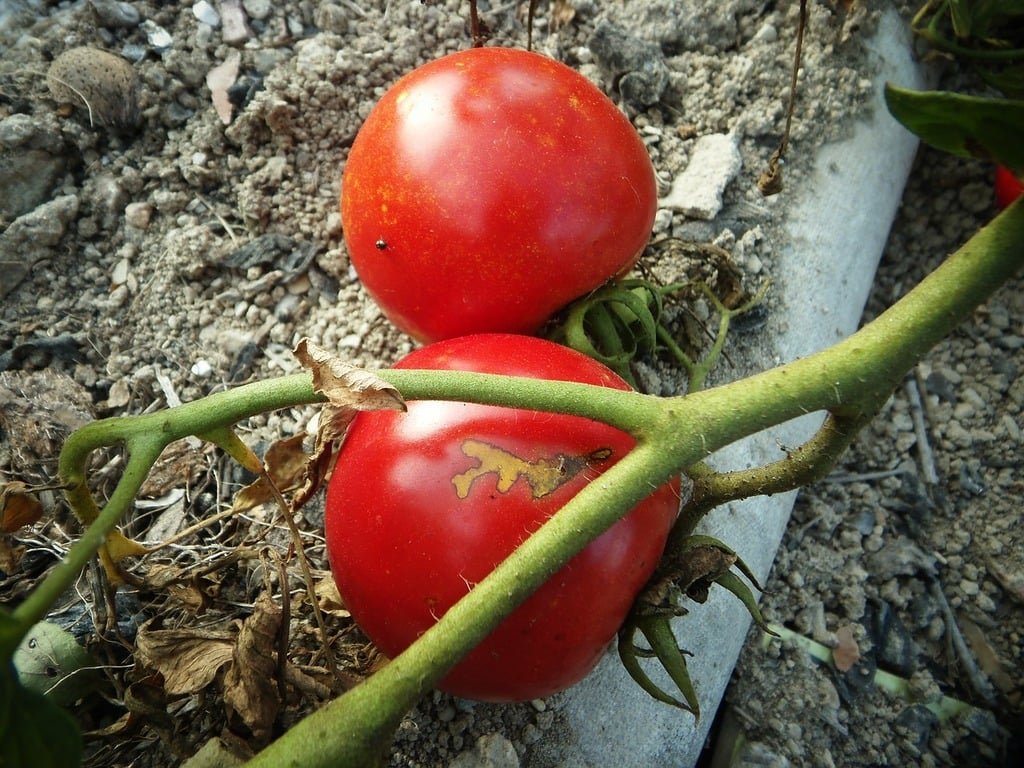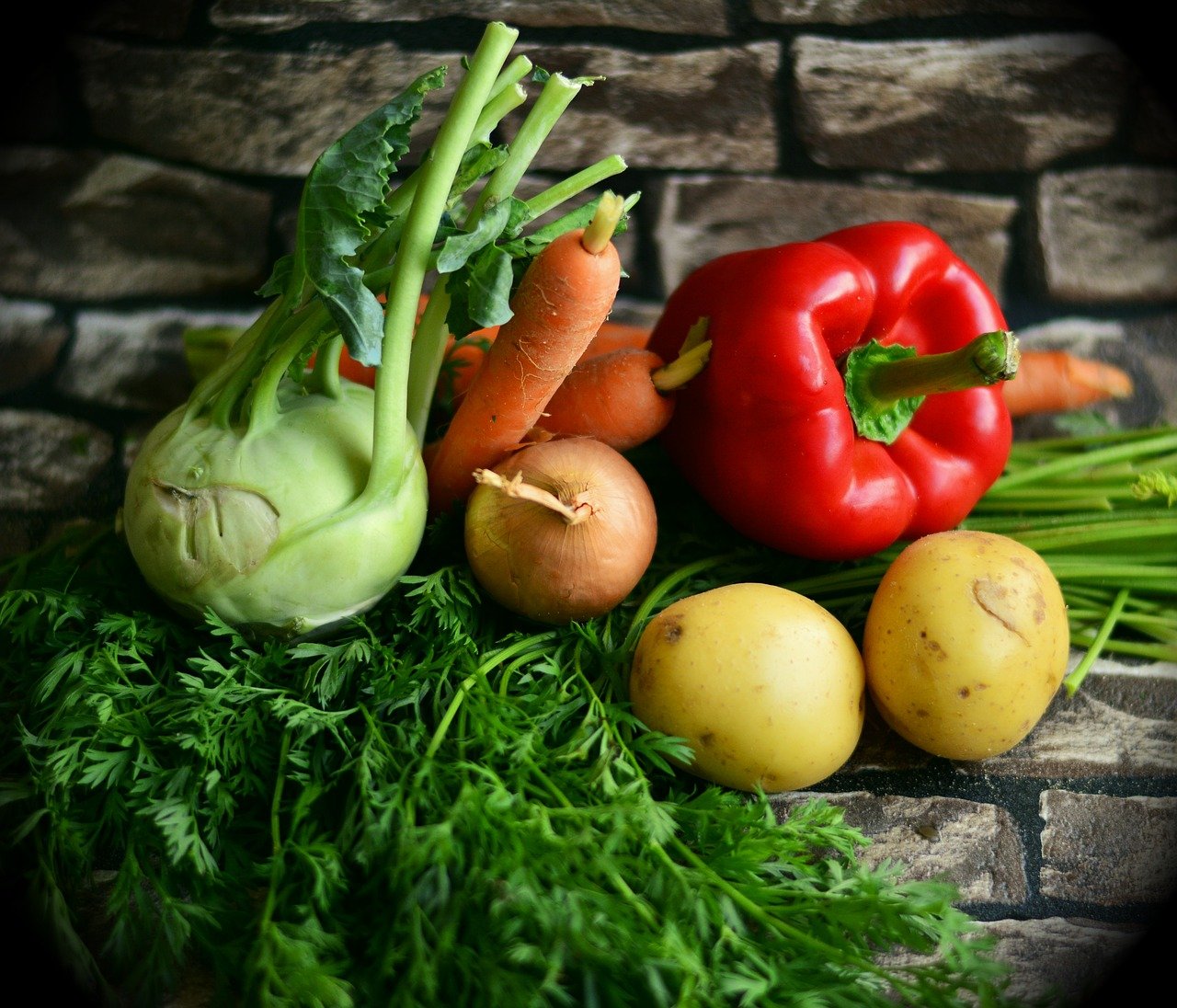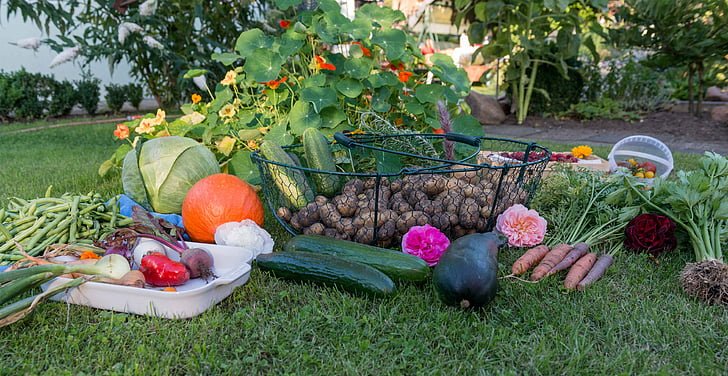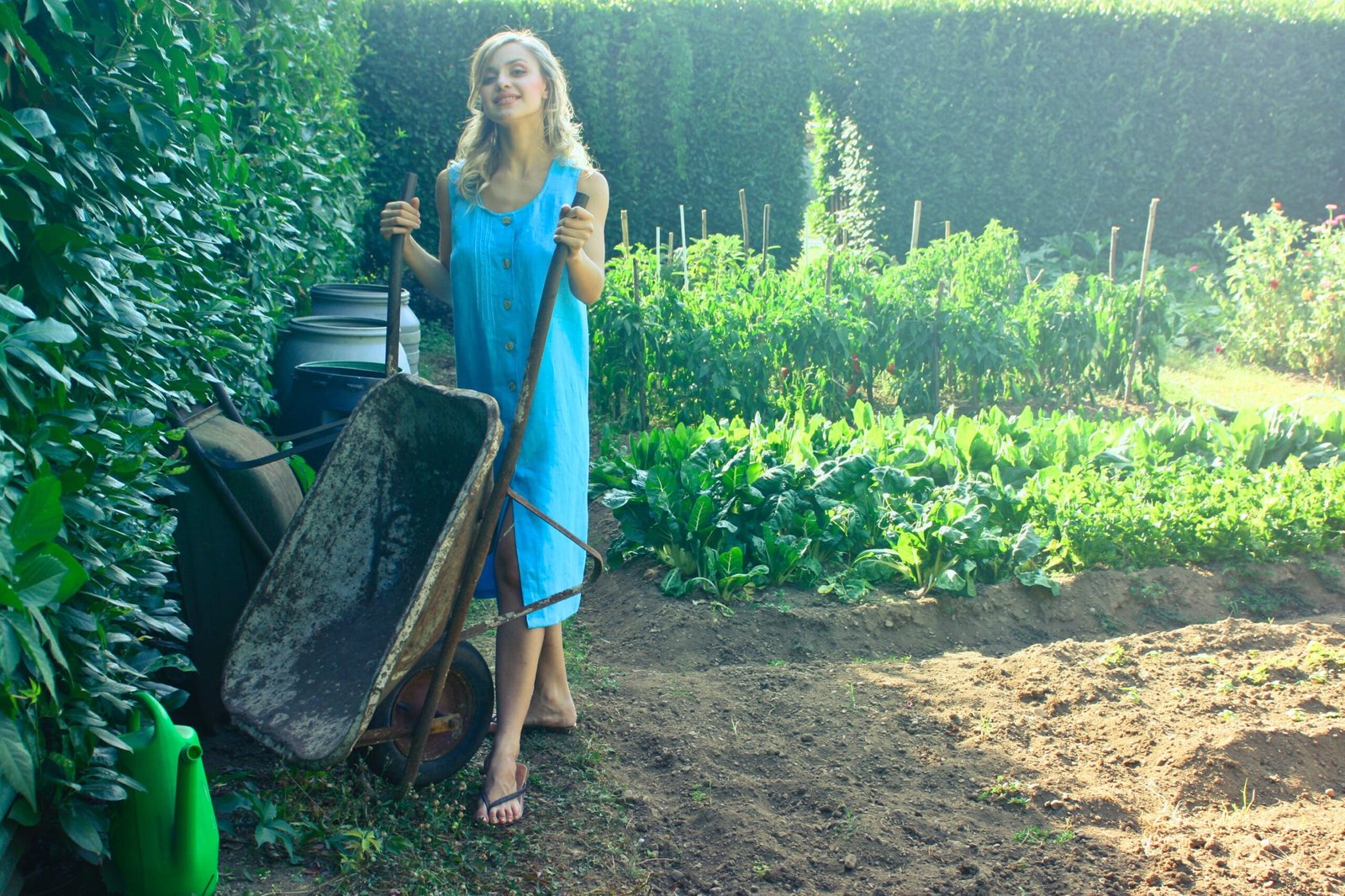Transforming your garden into a thriving source of garden food, filled with fresh garden vegetables, is a rewarding journey that merges the art of gardening with the practicality of homegrown sustenance. In the gardening world, cultivating a home garden to yield an abundant variety of food has gained tremendous traction. As you embark on this adventure, you’ll find yourself at the crossroads of creativity and sustenance, where the beauty of a well-tended garden meets the satisfaction of harvesting your produce.
Once a hobby pursued primarily for aesthetics, gardening has evolved into a dynamic fusion of practicality and passion. Converting your garden into a food source is an empowering endeavor that aligns with the burgeoning interest in sustainable living, reducing carbon footprints, and embracing organic practices. You embrace self-reliance and contribute to a healthier lifestyle and environment by nurturing garden vegetables within your space.
This guide will delve into the intricacies of turning your garden into an abundant food haven. Every step will be explored, from selecting suitable crops and optimizing space to nurturing the soil and managing pests sustainably. Whether you’re a seasoned gardener seeking to expand your horizons or a novice eager to embark on your first gardening venture, this exploration of transforming a garden into a bountiful source of fresh, homegrown food promises insights, inspiration, and practical know-how to cultivate your garden food oasis.
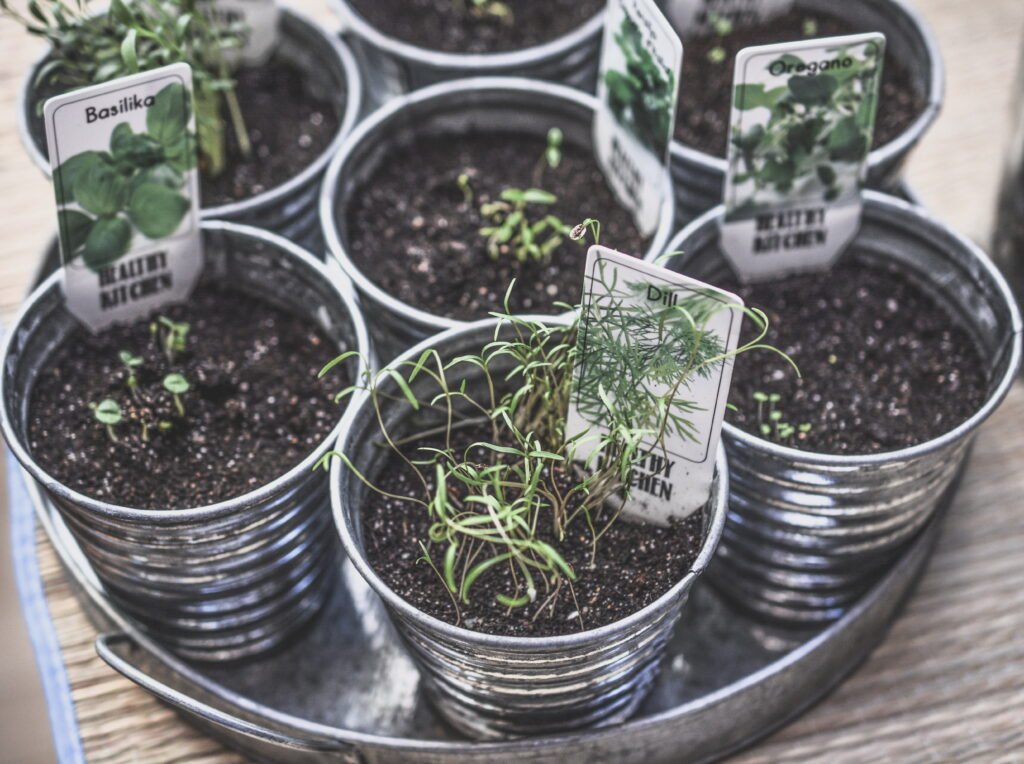
What is the easiest food to grow in pots?
Growing pot food is convenient for those with limited space or no access to a traditional garden. Among the easiest foods to cultivate in pots are herbs like basil, mint, parsley, and chives, which thrive in small containers and provide fresh flavors for culinary use. Salad greens such as lettuce, spinach, and arugula are also excellent choices as they grow quickly and can be harvested multiple times. Compact cherry tomato varieties are well-suited for pots, yielding small yet flavorful fruits. Radishes are another great option; their fast growth and small root size make them perfect for confined spaces. Additionally, green onions can be continuously harvested by snipping the tops, allowing for a steady supply of fresh, aromatic dish additions.

What is the easiest vegetable to grow?
The radish is often considered one of the easiest vegetables to grow, making it an ideal choice for novice gardeners. Its rapid growth means you can see results in as little as three weeks, and it thrives in various soil conditions. With minimal care, radishes produce crisp, flavorful roots that can be enjoyed in salads or as crunchy snacks. Their adaptability to both garden beds and containers, coupled with their straightforward cultivation requirements, makes radishes an excellent choice for those new to gardening.
Here are the steps you can take to achieve this transformation
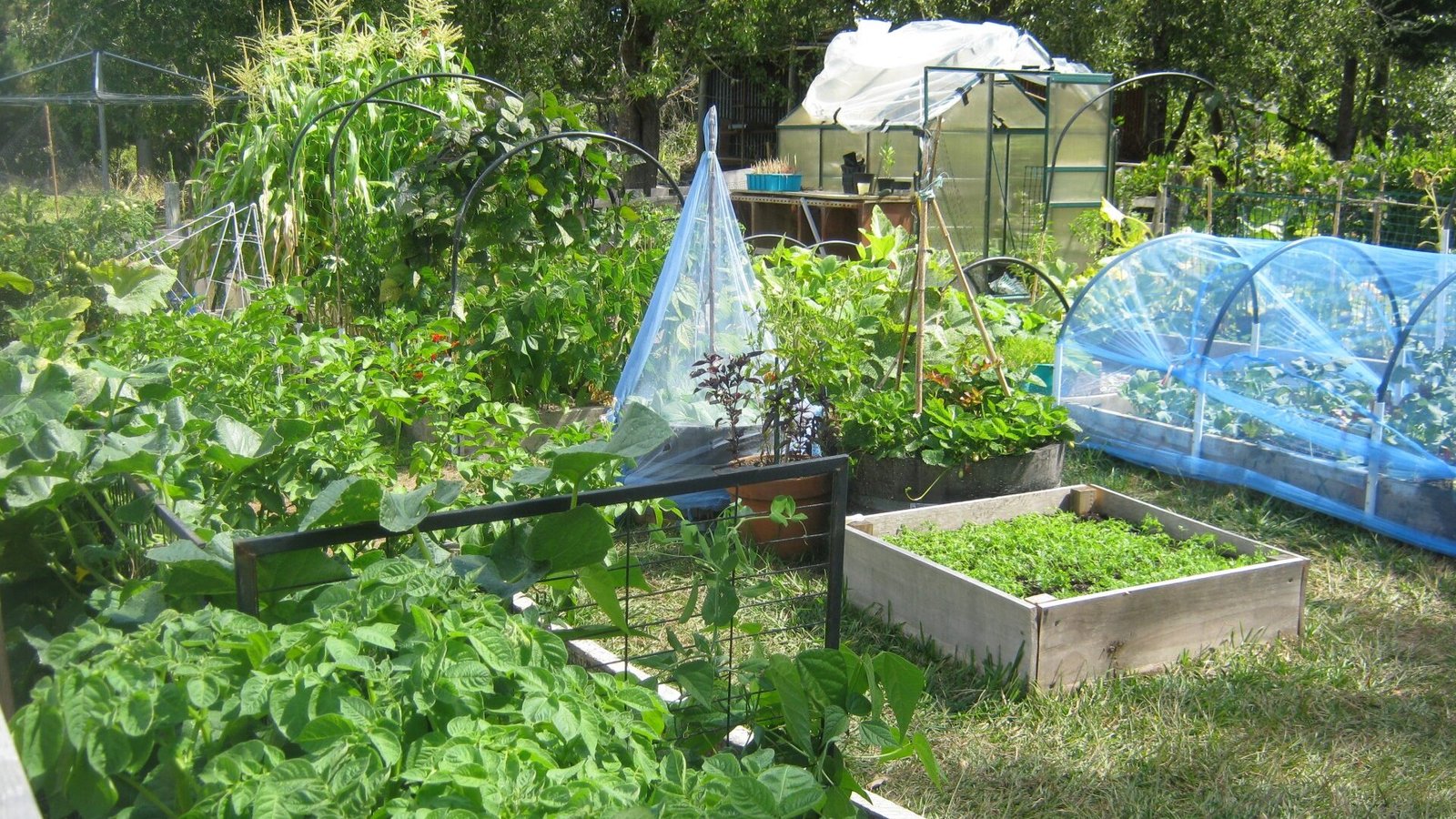
Planning and Design
- Assess the available space, sunlight, soil quality, and drainage. Choose a suitable location for growing food.
- Decide what crops you want to grow based on your climate, available space, and personal preferences.
- Plan the layout of your garden, including beds, pathways, and other features like trellises, compost bins, and irrigation systems.
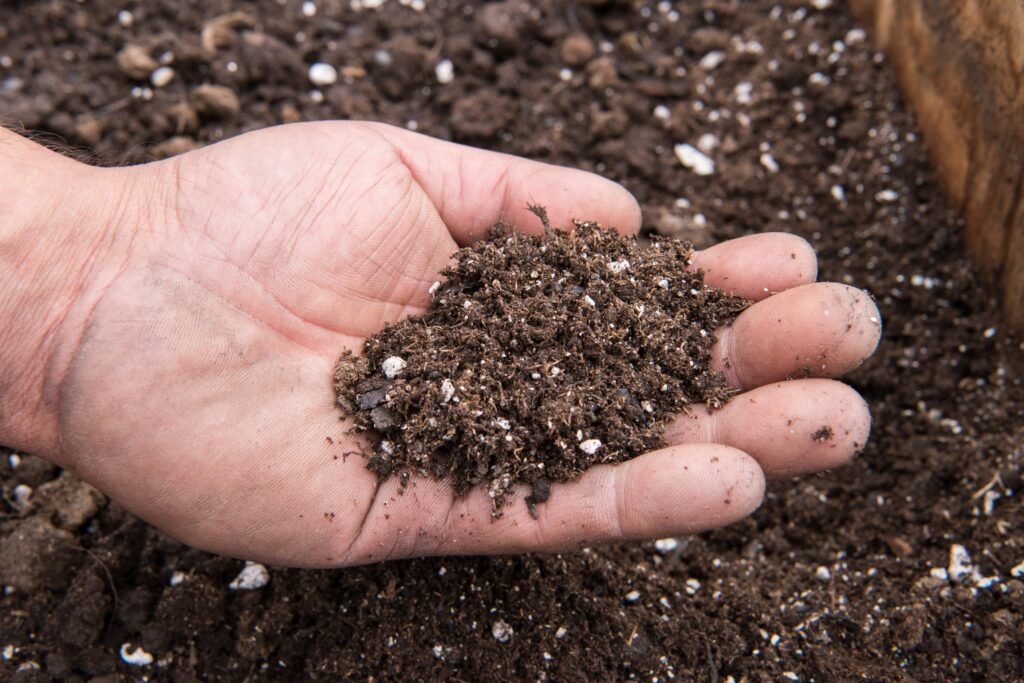
Soil Preparation
- Test your soil’s pH and nutrient levels. Amend the soil with compost, organic matter, and appropriate fertilizers to improve its fertility and structure.
- Remove weeds, rocks, and debris from the area to create a clean planting bed.
Choose Your Crops
- Select a mix of vegetables, fruits, herbs, and possibly edible flowers that suit your climate and growing conditions.
- Consider annual and perennial plants to ensure a continuous harvest throughout the growing season.
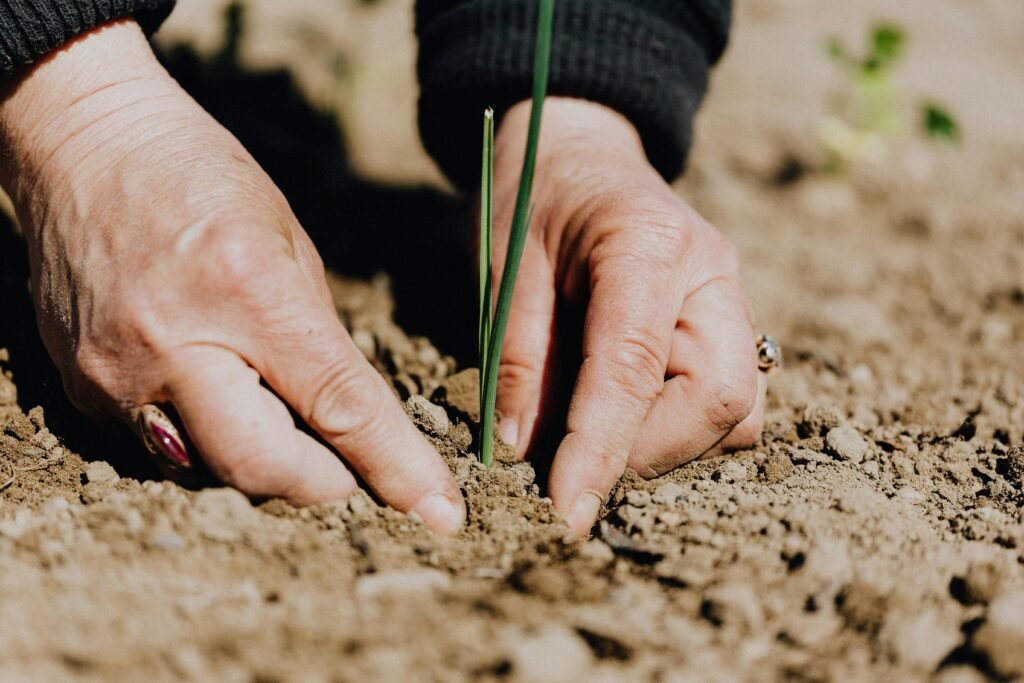
Planting
- Follow planting guidelines for each type of crop. Pay attention to spacing, depth, and planting times.
- Companion planting can help maximize space and deter pests naturally—research compatible plant combinations.
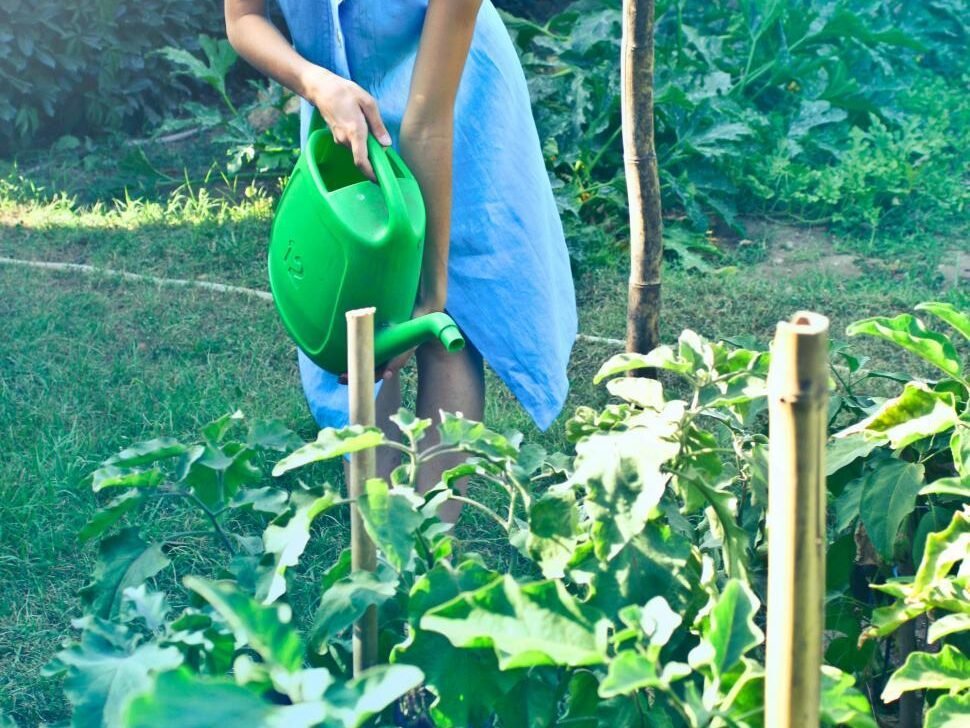
Watering and Irrigation
- Install an efficient irrigation system that provides consistent moisture to your plants. Drip irrigation or soaker hoses are commonly used in vegetable gardens.
- Water plants early in the morning to minimize evaporation and reduce disease risk.
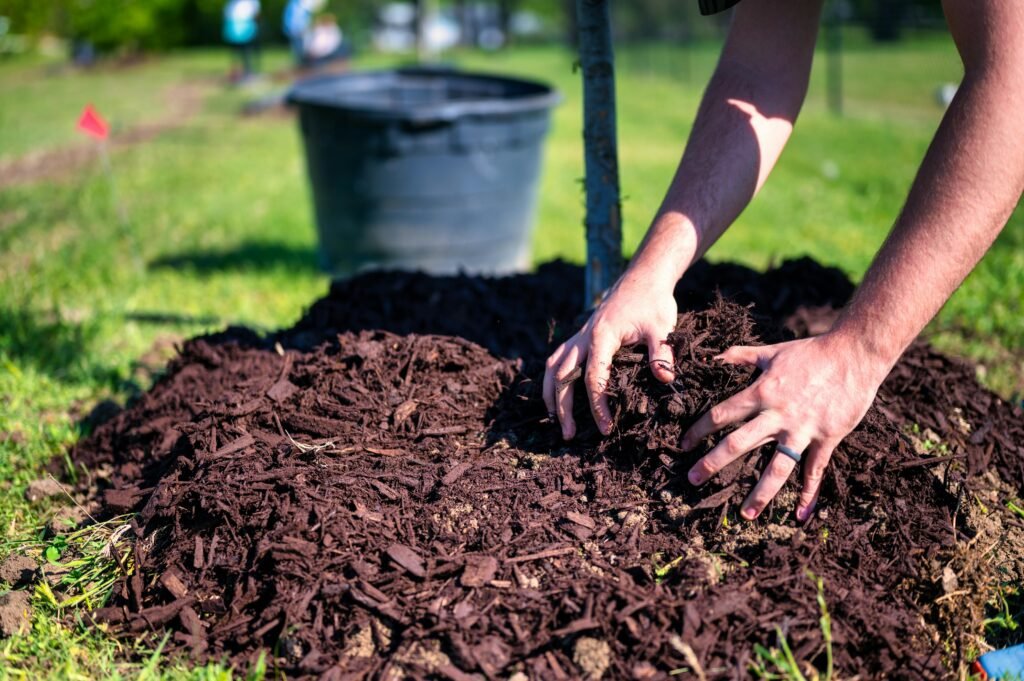
Mulching
- Apply mulch around your plants to help retain soil moisture, suppress weeds, and maintain a more even soil temperature.

Pest and Disease Management
- Monitor your garden regularly for signs of pests and diseases. Implement integrated pest management strategies, such as using beneficial insects, companion planting, and organic sprays when necessary.

Fertilization
- Use natural or organic fertilizers to nourish your plants. Follow recommended application rates to avoid over-fertilization.
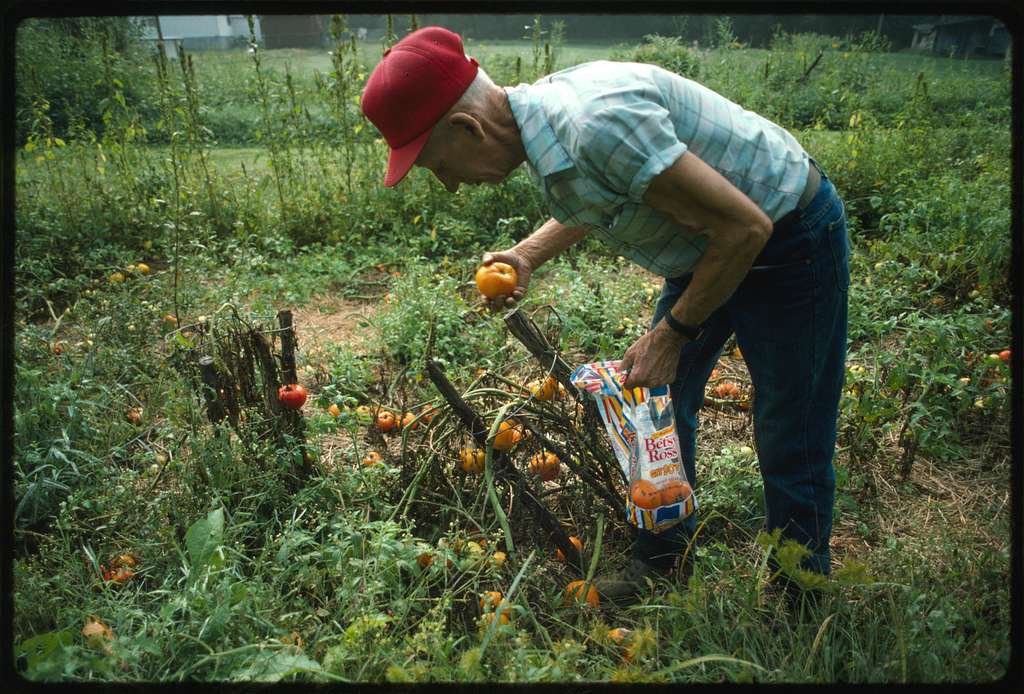
Harvesting
- Harvest crops when they are at their peak of ripeness for the best flavor and nutritional content.
- Regular harvesting also encourages plants to continue producing more.
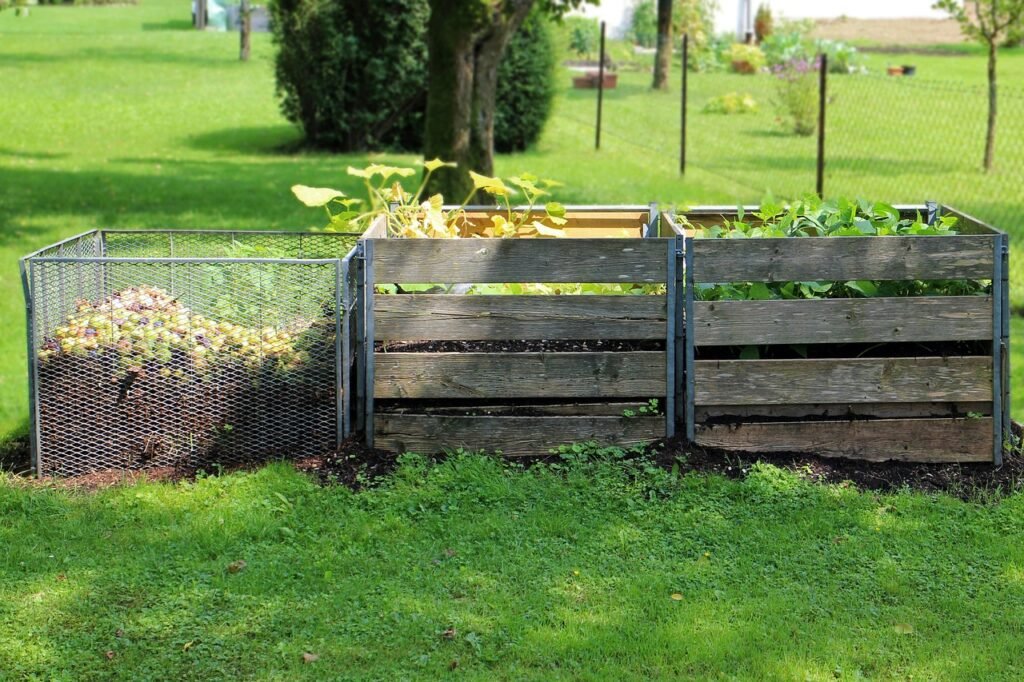
Composting
- Set up a composting system to recycle kitchen scraps, garden waste, and other organic materials. The resulting compost can be used to enrich your garden soil.
Continuous Care
- Maintain your garden by weeding, pruning, and regularly inspecting for any issues.
- Rotate crops yearly to prevent soil-borne diseases and maintain soil health.
Learning and Adapting
- Gardening is a continuous learning process. Keep records of your successes and challenges to improve your gardening skills.
Transforming your home garden into a productive food-producing space is a fulfilling journey that demands patience, dedicated effort, and consistent care. Begin modestly, allowing yourself to accumulate valuable experience and insights. As your confidence grows, progressively expand your garden, aligning with your increasing familiarity with the process. This approach fosters a manageable learning curve and ensures your endeavors remain sustainable and enjoyable. Remember, the key lies in embracing the process, absorbing the learning opportunities it offers, and nurturing your green haven step by step. Cultivate your garden with mindful intention and watch it flourish into a nourishing source of fresh, homegrown sustenance.
Here are some common challenges you might face
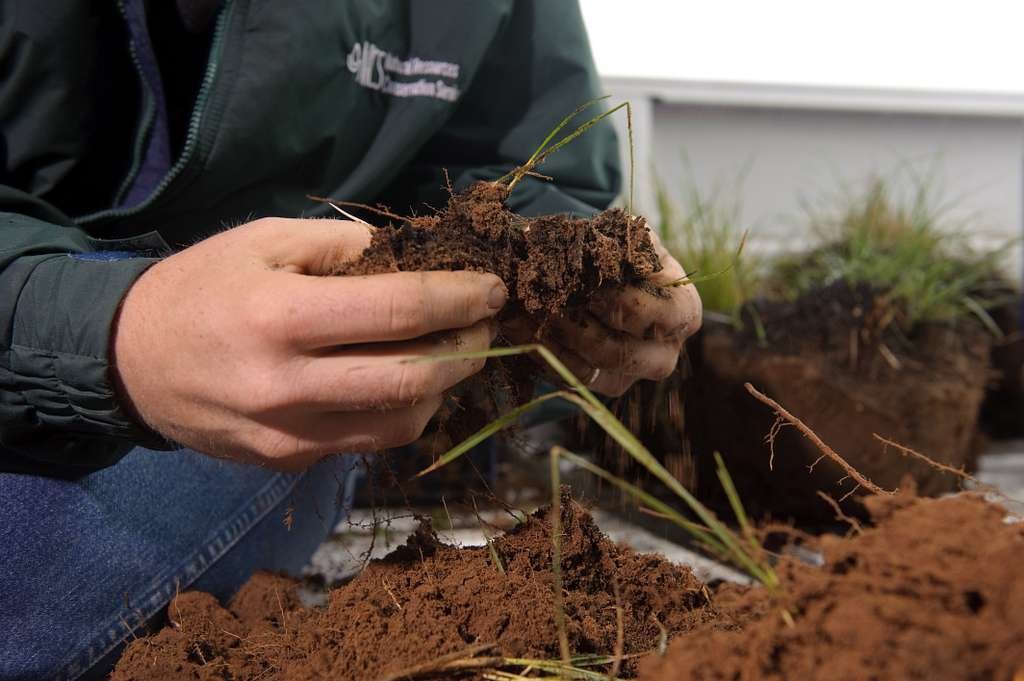
Soil Quality
Garden soil may not be initially suitable for growing food crops. Poor drainage, compacted soil, or nutrient deficiencies can hinder plant growth. Amending and improving the soil takes time and effort.
Climate and Weather
Unpredictable weather patterns, extreme temperatures, frost, and drought can impact plant growth and yield. Choosing the suitable crops for your climate and providing appropriate protection becomes crucial.
Pests and Diseases
Insects, rodents, and various diseases can damage or destroy your crops. Managing pests and diseases while minimizing chemical pesticides requires careful observation and often a multifaceted approach.
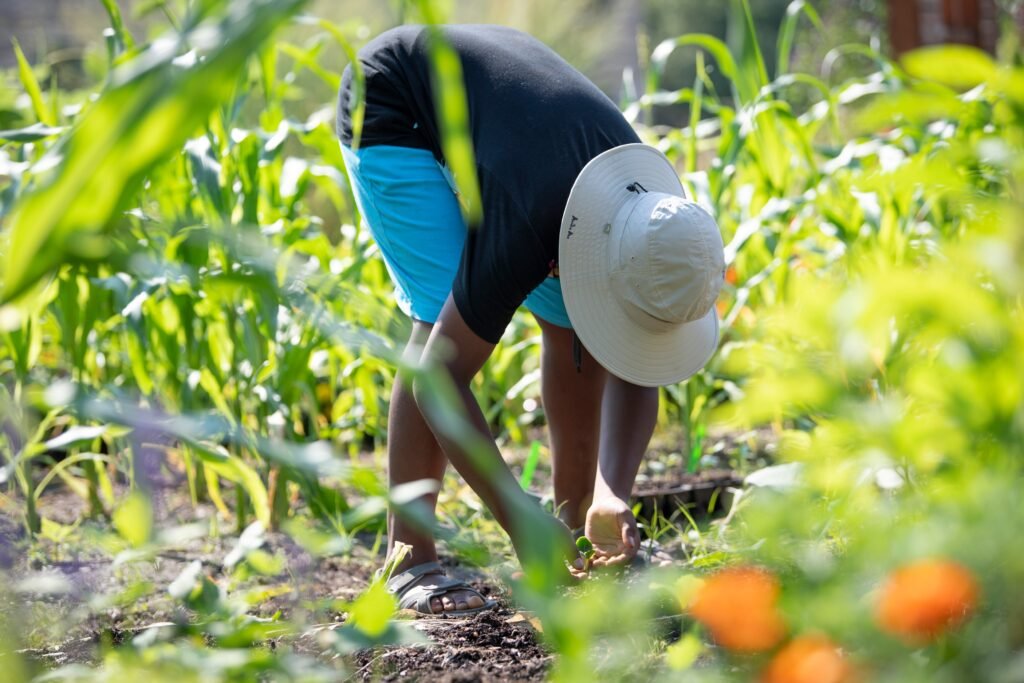
Weed Management
Weeds compete with your food crops for nutrients, water, and sunlight. Effective weed management strategies are necessary to keep your plants healthy.
Time and Effort
Maintaining a food garden demands consistent time and effort. Planting, watering, weeding, and harvesting can be time-consuming, especially during peak growing seasons.
Skill and Knowledge
Successful gardening requires a certain level of knowledge about plant care, soil health, pest management, and other gardening techniques. Learning through trial and error is a part of the process.
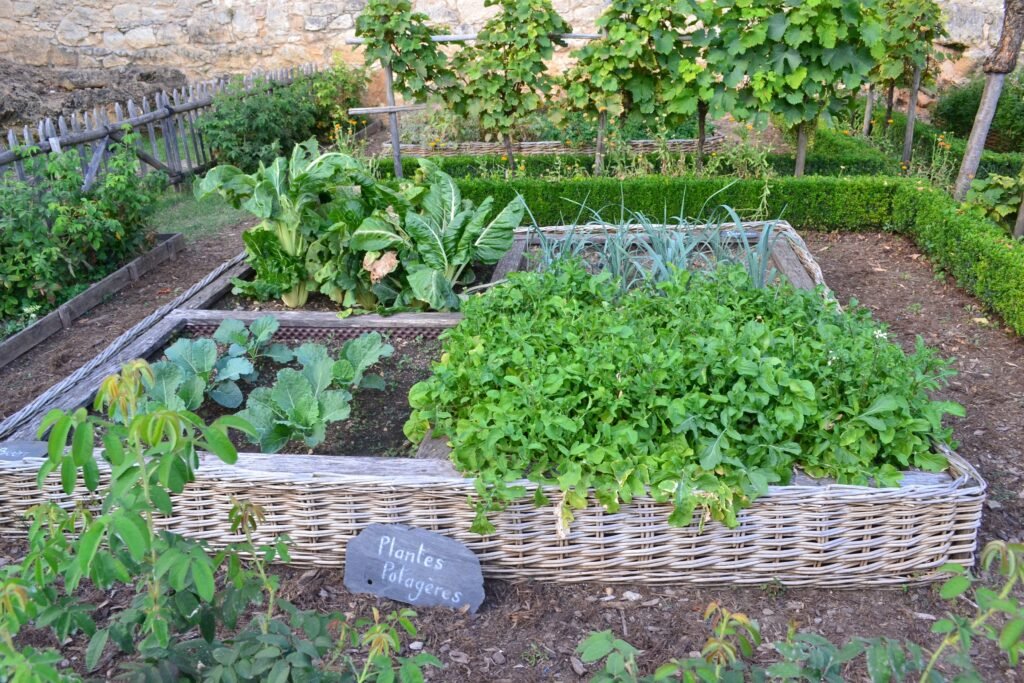
Space Limitations
Depending on the size of your garden, you might face limitations in the number and variety of crops you can grow. Maximizing space through vertical gardening and companion planting can address this challenge.
Initial Investment
Setting up a food garden can require an initial investment in tools, equipment, seeds or seedlings, soil amendments, irrigation systems, and other supplies.
Crop Rotation and Planning
To maintain soil health and prevent pest and disease buildup, you must plan crop rotation over successive growing seasons. This can be challenging when trying to optimize space and crop yield.
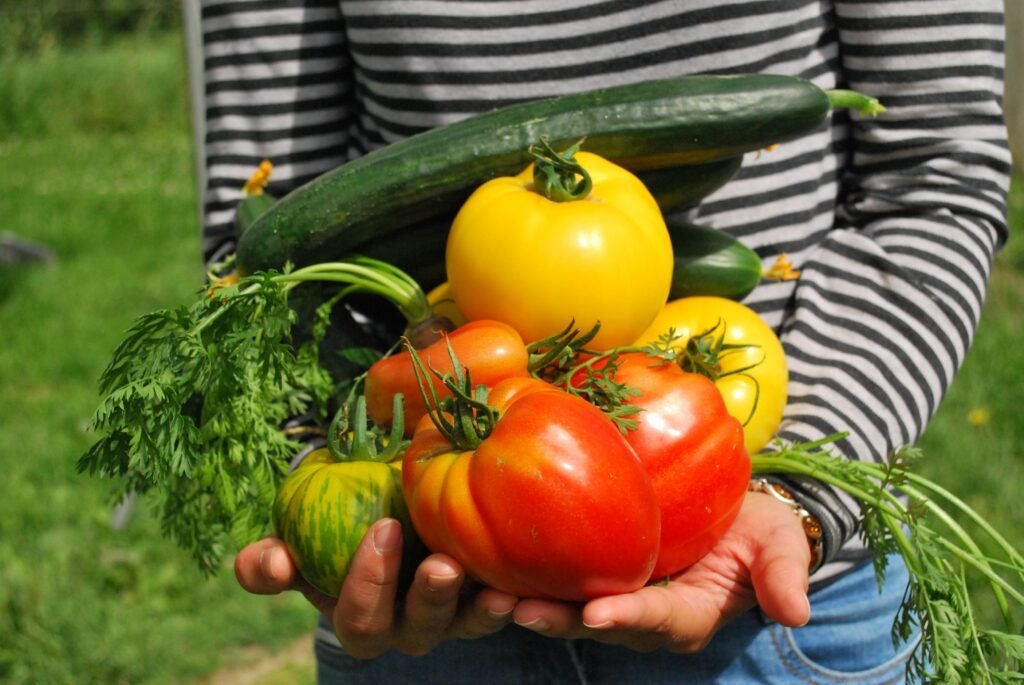
Harvest Timing
Harvesting at the right time is crucial for optimal flavor and nutritional value. Failure to harvest promptly can lead to overripening or spoilage.
Environmental Factors
Beyond weather, factors such as air pollution, nearby construction, or chemical runoff from neighboring areas can impact your garden’s health.
Disappointments and Failures
Not all crops will thrive, and setbacks are inevitable. Dealing with failed crops or unexpected challenges can be emotionally draining.
Wildlife
Depending on your location, wildlife such as deer, rabbits, birds, and squirrels can threaten your crops. Implementing deterrents or protective measures might be necessary.
Balancing Varieties
Growing a diverse range of crops can help prevent issues like monoculture-related pests and promote biodiversity, but managing a variety of plants also requires attention to different care needs.
Facing these challenges head-on, there’s a promising journey ahead. Through meticulous planning, continuous learning, and unwavering dedication, you have the potential to triumph over every obstacle and mold your garden into a thriving hub of nourishment. Commence with modest aspirations, embracing the anticipated learning curves as stepping stones toward success. As you nurture your plants, your understanding of the delicate balance between care and adaptation will grow alongside them.
The key lies in your ability to evolve strategies in response to gained experiences. Remember, this process is about cultivating fresh, wholesome sustenance and fostering a deeper connection with the earth and its cycles. Embrace the journey and witness your garden flourish into a flourishing source of vitality. With each tenderly nurtured seedling, you inch closer to a rewarding culmination of your efforts.


